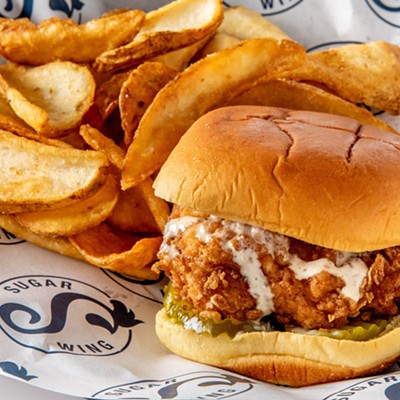Fondant, or rolled icing, is largely responsible for the "can-do" in the wild world of cake decorating. No longer limited to a whipped, or fluffy buttercream frosting, cake decorators now use a rolled icing similar to regular flour dough, which can be kneaded, colored, formed, and pressed onto a cake which has had a light layer of buttercream frosting added to it for flavor and adhesion.
While fondant's silky smooth surface looks great, the taste gets mixed reviews. Keep in mind that while loaded with sugar, this gum-stabilized product will stay "edible" when properly sealed at room temperature for years. If fresher is better, fondant will not be winning any taste competitions soon. But it looks fabulous and has created endless possibilities for cake afficionados. What follows are some fondant tips for the just-getting-started cake decorator.
















